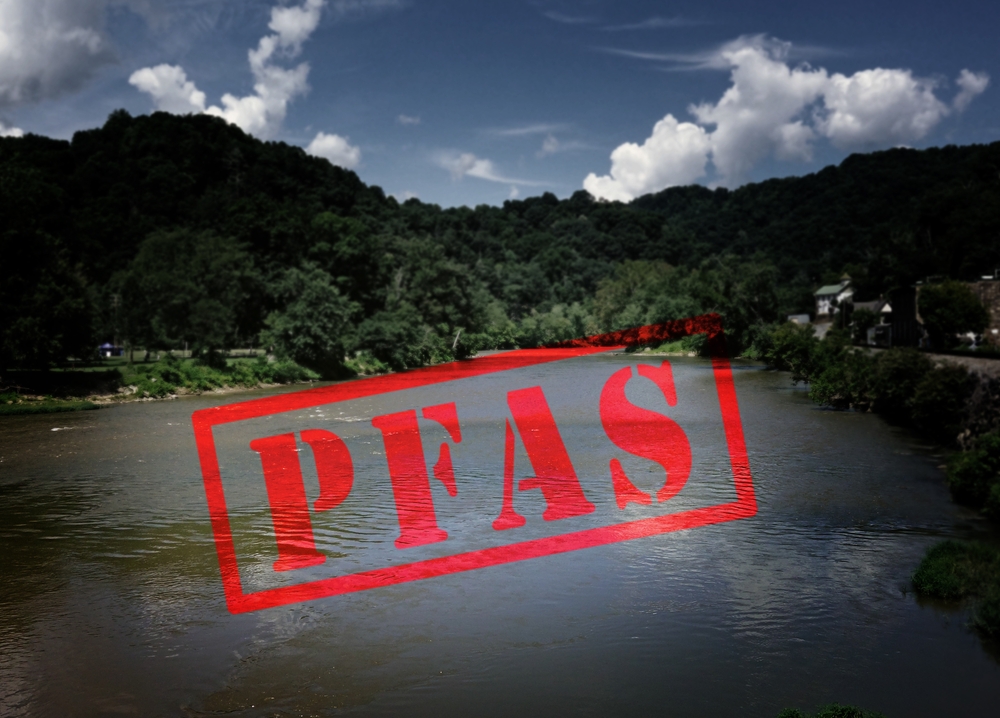From kitchen cooking utensils and cosmetics to fire-fighting foam and food packaging, polyfluoroalkyl substances (PFAs) are quietly penetrating every corner of modern life.
But what makes these “eternal chemicals” so convenient – resistance to heat, water and oil is surprisingly persistent in the environment. Currently, major Dutch research initiatives aim to change that.
With support from the Dutch government, Wageningen Food & Biobased Research (WFBR) has launched a three-year project that overhauls how PFAS monitoring and removal will take place.
By accelerating detection and expanding practical disruption methods, the team hopes to provide industries and governments with the tools they need to tackle this escalating environment threat.
Speed up PFAS monitoring using Smart Tech
Currently, PFAS monitoring is a time-consuming and expensive process. Testing a single water sample takes up to two weeks and costs hundreds of euros. WFBR’s new approach could change that.
Researchers are rethinking everyday lab tools (ELISA plates) for use in rapid PFAS detection. This innovative method allows for analysis of nearly 100 samples within minutes, dramatically reducing both time and cost.
This leap in efficiency is important given how PFA contamination is spreading in soil, water, and even the human body.
By making PFA monitoring faster and more affordable, this new approach will help industry and regulators track pollution more accurately and intervene faster.
Beyond Detection: A Scalable PFAS Removal System
Identifying PFAS hotspots is essential, but elimination of chemicals presents much more demanding challenges.
Existing technologies for PFA removal are often limited to laboratory settings or have important trade-offs.
For example, incineration is energy-intensive and carbon-rich, but activated carbon filters can trap only certain PFAS variants, causing logistics risks during disposal or regeneration.
The WFBR research team is taking a different approach. Instead of looking for a single solution, we aim to integrate the most effective existing technologies into modular and scalable systems.
These combined setups can be deployed on-site, reducing transportation risks and increasing overall efficiency.
The goal is to make PFAS disruption not only scientifically sound, but economically viable, paving the way for real-world implementation across the industry.
Industry-wide collaboration for real-world impact
What sets this PFAS monitoring and removal initiative stand out is its focus on practical results.
The project summarises a diverse network of 16 partners across the value chain of chemical and pharmaceutical companies, water companies, technology providers, waste processors and government agencies.
Among them is the Dutch Ministry of Infrastructure and Water Management. It plans to use the findings to inform future PFAS policies and regulations.
By involving both industrial and government stakeholders from the start, WFBR ensures that the developed solutions are tailored to both operational demand and public health targets.
Filling science and social needs
At its core, this research initiative reflects a deeper mission. To align scientific innovation with environmental responsibility and industrial feasibility.
By the end of the project, researchers hope to develop a complete toolkit for industries and regulators seeking to permanently eliminate PFA contamination, as well as more efficient ways to monitor and destroy PFA.
With faster detection, smarter removal and wider collaboration, the Netherlands will soon lead accusations of the global PFAS crisis, changing how the world manages these stubborn, invisible threats.
Source link

